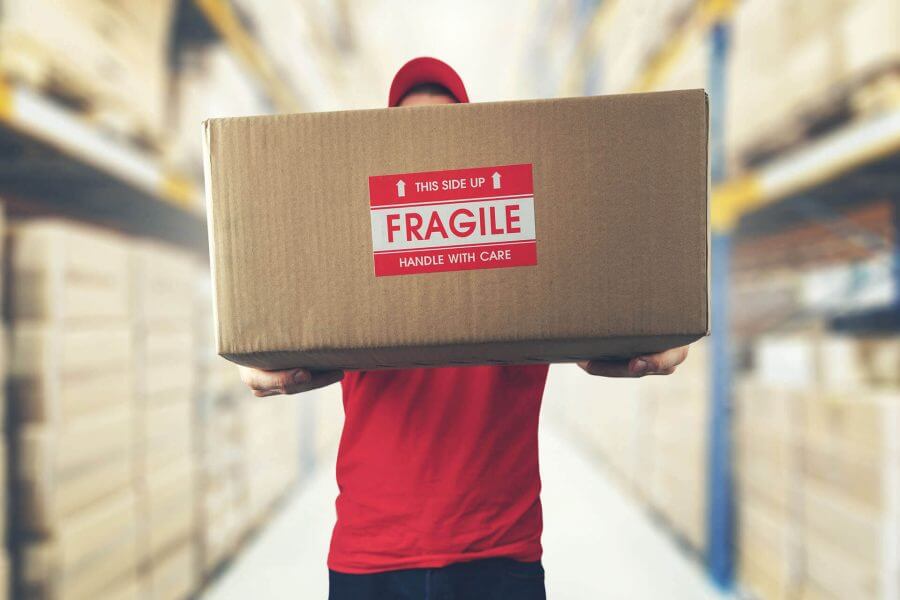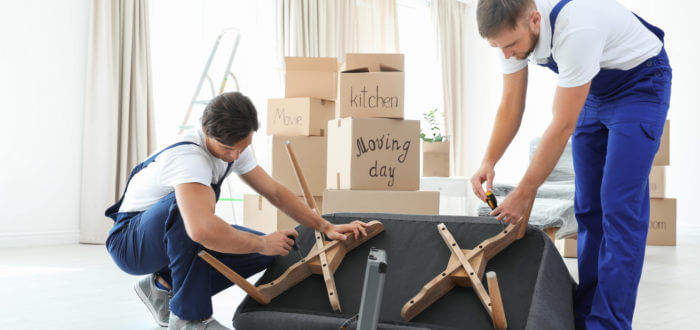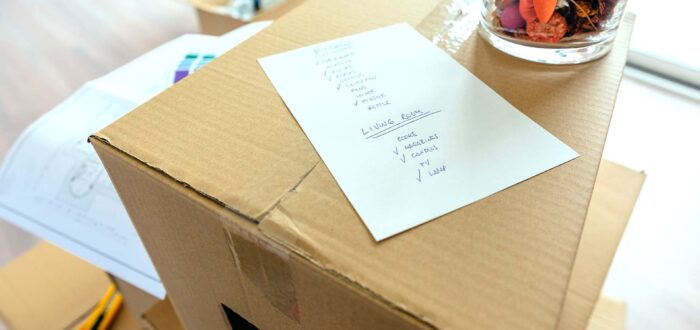

How to Create a Household Inventory List Before Moving
Posted in Moving Tips & Tricks on July 24, 2020
Moving is quite a stressful effort, and if you’ve ever moved before, you know that preparing everything in your home for the relocation is energy and time-consuming. If this is your first move, brace yourself for a mess in your house and your head. However, creating a household inventory list will allow you to keep track of the stuff you intend to move and make the whole process a lot easier for you.
Being organized and knowing how to move efficiently is definitely helpful in this kind of situation, and having a list of every belonging in one place is a practical way of avoiding the common things you forget to do when moving. It will also prove to be invaluable in case something gets lost or broken along the way, and you want to claim insurance.
Moving to a new state doesn’t have to be something that requires a complex grand strategy. Proper planning will be enough to save you from a troublesome experience. Regardless of whether you’re packing your items by yourself or you booked professional packing services, a catalog of your possessions is a smart thing to have. Stay with us and learn how to create one.

Know How to Make a Worksheet for an Easier Moving
Memorizing every item you have packed doesn’t sound like a good idea, so a good old pen and paper will be enough for a start. Before you pack anything, do a walk-through of the house. Try to figure out what to keep, what will stay in a storage unit, and what will be disposed of in some way. Some things might turn out not to be very cost-effective for moving, especially since some companies base their prices on a catalog of all the items that have to be moved. For example, you may decide to add a new set of chairs to the new apartment checklist instead of moving them to your new place.
Once the walk-through is over, document the things that will be moved. We’ve prepared a few tips for you to make this task easier.
Tips for Making an Inventory List
Start with the bigger items in your home, such as sofas, beds, dressers, and armoires. Remember that disassembling the larger objects is the most practical packing tip for moving bulky stuff.
Next, write down the electronics like TV-s, computers, game consoles, lamps, microwaves, etc. Those will need special handling so that you can prevent any possible damage. Packing fragile items and/or valuable stuff like mirrors or paintings also needs to be done safely, and they can be next on the list. Count your rugs, dining, coffee and end tables, and include them in the catalog, too.
Estimating the number of boxes can be difficult, so it would be best to save that task for the end. All the smaller things such as clothing, kitchenware, bathroom supplies or something you stored in the garage can be packed in big, medium, or small boxes. Label the boxes or just write on them what is inside so that it’s clear what is already packed. A proper labeling method will not only aid you in creating an inventory of your household belongings. It will also be helpful when unpacking because you’ll have the information about what is stored in which box without opening them.
Make a Relocation Checklist
A good relocation checklist will help you remember what you are currently doing and what is the next task. Checking what’s already done will give you a feeling that your job is moving forward and has an end in sight. You can use colors to mark the rooms that are already packed, and going room by room would be the best method. Picking an easy spot to start with is also helpful.

Create a Printable Household Inventory List of Your Home Items
Printing the list of things you’re moving and making a copy for yourself to keep in a moving binder would be extremely useful. Be careful that the paper you printed doesn’t get lost in the house. You might even consider keeping a copy outside your home.
Aside from being a relocation hack, documenting your things, especially the expensive and important ones is also recommended if you want to apply for an insurance claim in case any damage occurs. Having the information about the value of the belongings you’re moving can help you in case something gets lost or broken during the move.

Mark off the Priority Items in Your Home
An old grandfather clock, a marble table, a fine china set, jewelry, or anything valuable and important to you should be packed and marked with unique labels. All the irreplaceable items should be separately insured and you should check with your cross-country moving service providers if they will be covered in a claim and to what extent.
Priority items should be handled with care, so you can let your movers know by marking the boxes as “fragile” or “this way up.” Having a record of priority possessions will make you feel safer as you will know where everything is during the move.

Figure out Your Own System
In the end, you are the one who knows best what would be the most efficient method for you to ensure that everything is well packed and organized. The easiest way to make a catalog is entirely up to you. Taking photos or videos of your things could also be an excellent method to record them. Digital tools such as online lists or specialized apps might work better for you than a pen and paper.
It’s also important to leave as much time as you need to plan the move to another city create a proper catalog so that you don’t come rushing and forgetting some of the moving essentials. After all, you are the one who chooses how detailed the inventory list will be so that you can check everything after your things have been delivered to your new home.





